|
Domestic honey bee busy tonight on a creeping groundcover Veronica. So many flowers to pollinate, so little time! Wild honey bees are totally wiped out because of you-know-”whomans.” Humans SUCK. I stopped spraying our nursery preventatively over a decade ago so I would no longer kill innocent insects. Glad I did- lotsa-life around now! Fragrant dianthus next to bellflower. Smells like sweet sugar in the air around this plant. Unfurling, uncurling, wish I had time lapse to catch the order and perfection of mother nature’s magnificent design. Black and blue annual salvia- our very best hummingbird flower. Hummers come to this plant many times a day and stay for a very long time. It’s the very best hummingbird plant available. Black flower bud sheath and profuse violet-blue flowers give this awesome plant it’s name. Another hummingbird plant- red hot poker- with downward pointing tubular flowers offering constant nectar to butterflies also. Insane arrangement of florets, couldn’t pack one more flower onto this stalk. I do not know much about clematis other than they live FOREVER. Let’s not ignore an unflowered sedum with a tiny unknown pollinator cleaning pollen off him/herself in the warm afternoon setting sun Delphinium has its own pollination strategy, starting with mind-numbing violet-blue coloration. Classic delphinium. Insect crawls up to get nectar and the hair grabs pollen from other delphiniums, thus ensuring DNA is swapped for genetic diversity in the species. Cool! Pink Veronica spires in profuse display on a 5” tall plant. Leathery flawless leaves of fall flowering aconitum hint at a tough durable plant’s ability to endure harsh environments all summer till flowering time, saving up energy for one of the most stunning flowers of all. Delosperma flower (ice plant) and flower bud covered in sparkles. Desert-like plant looks like tortoise food. All of the above flowers flower for a reason, and the reason is to continue the existence of their species for yet another year. All the “pretty” flowers just happen to be pretty for us in our visible spectrum. Insects see differently than we do. Maybe insect/flower relationships are so entirely complex that some insects see only one flower species. Out of all the diversity on our planet, some bugs just see one color spectrum, just one flower, with the flower entirely relying on one insect and vise versa, a marriage made in heaven. A dangerous strategy now-a-days, with mankind destroying the environment with global warming and incredible pollution.
Im positive that unknown insects have gone extinct and their plant-partners going extinct not long afterwards. Comments are closed.
|
Archives
May 2022
Categories |
Winter hours-
|
Telephone(203) 261-3926
|

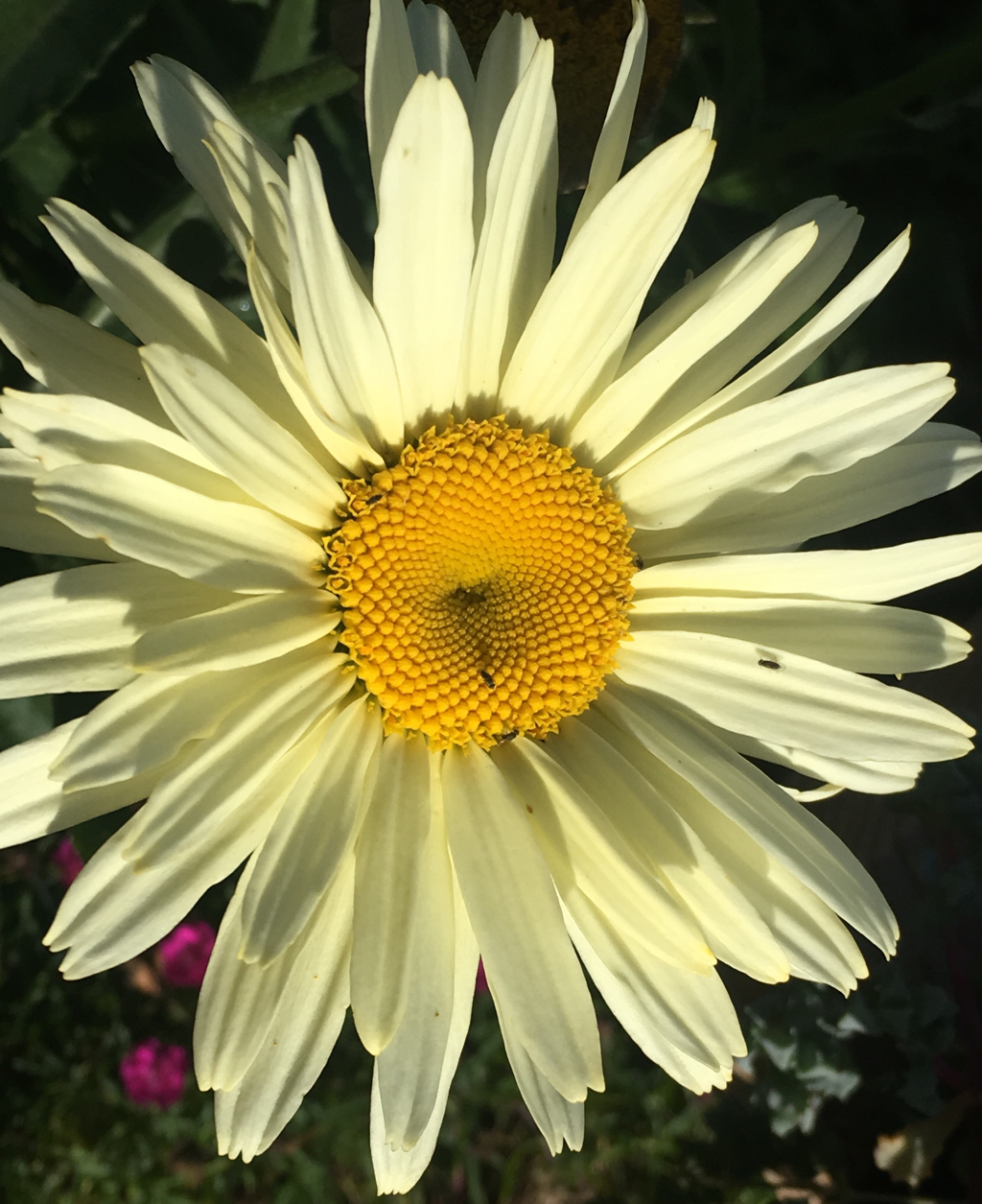
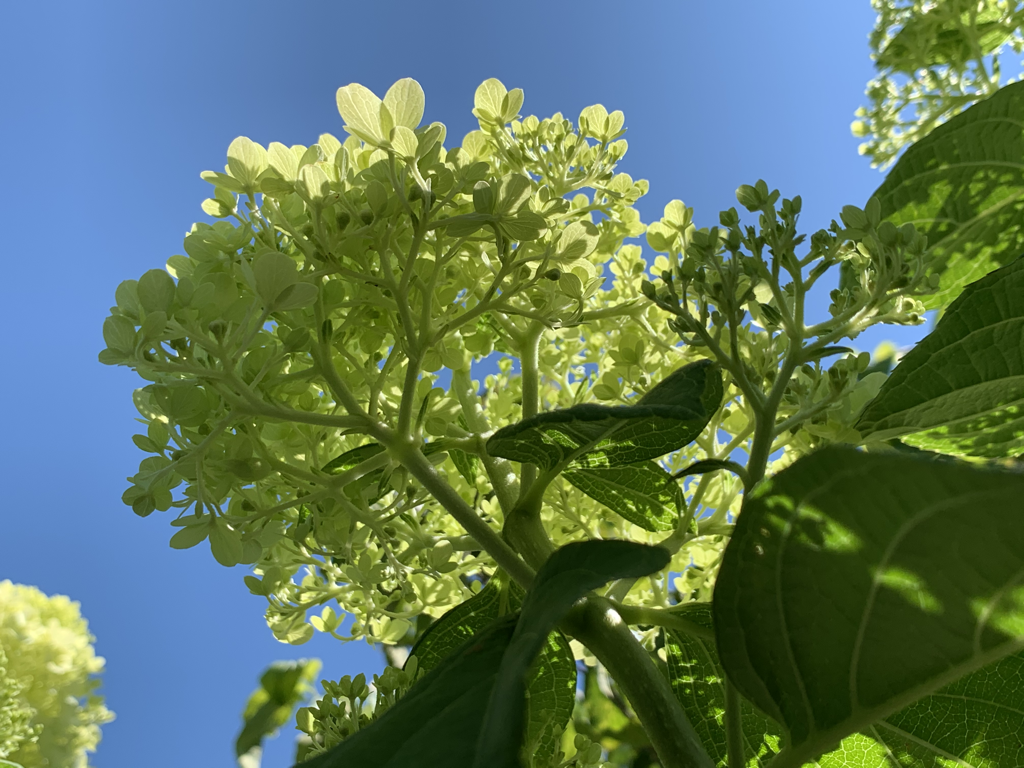
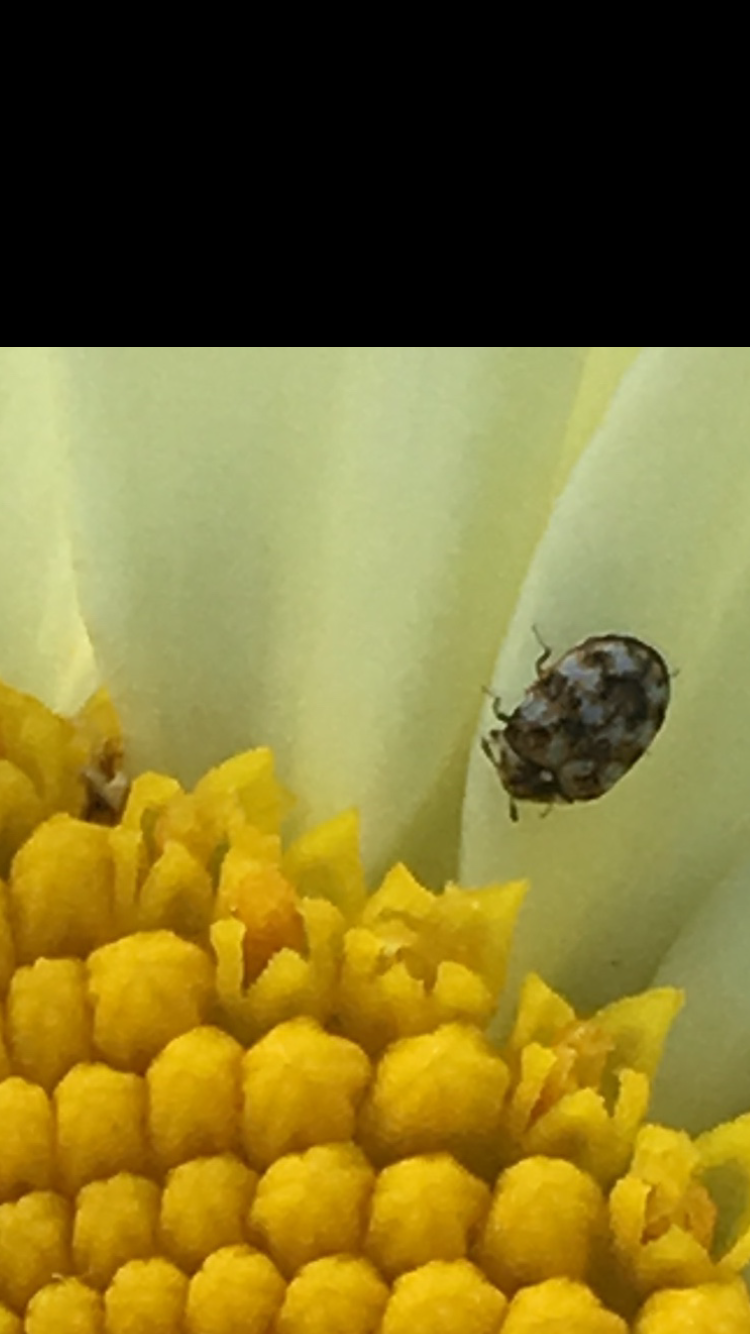
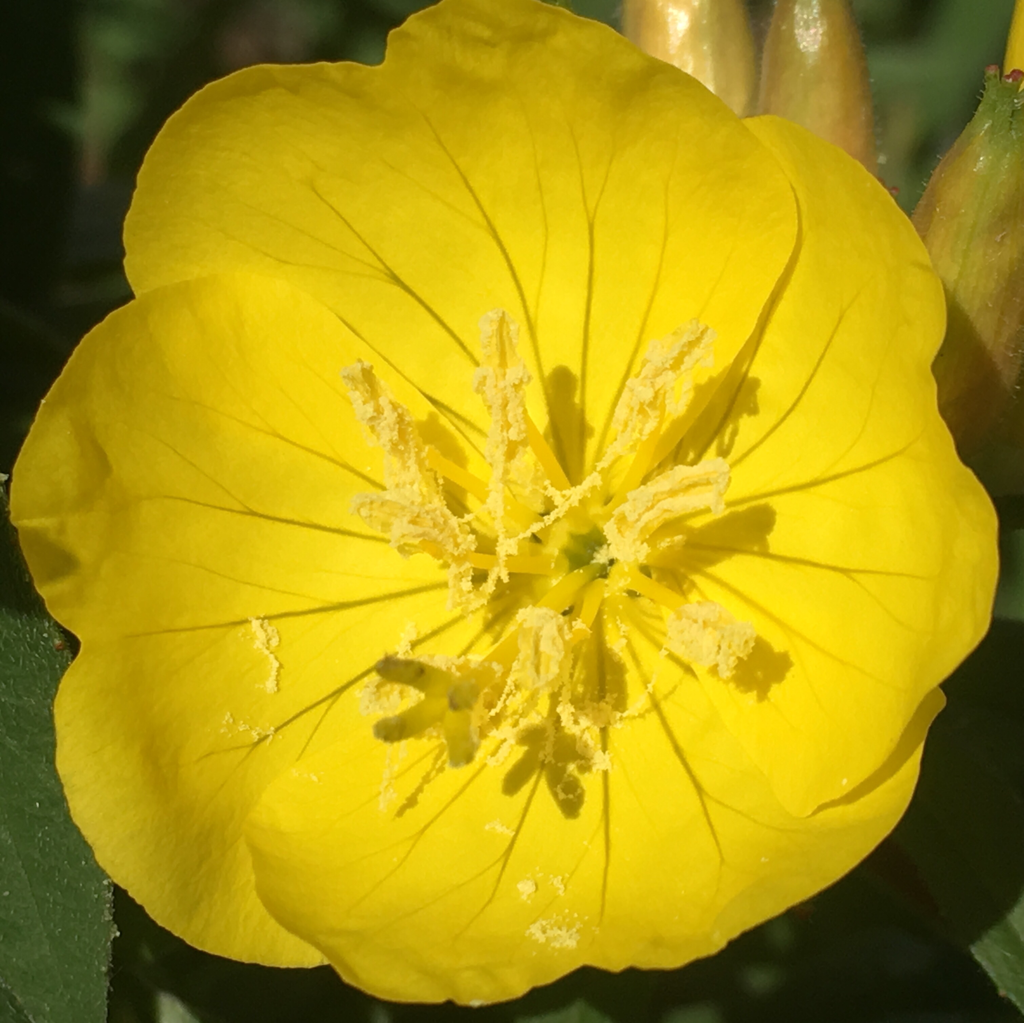
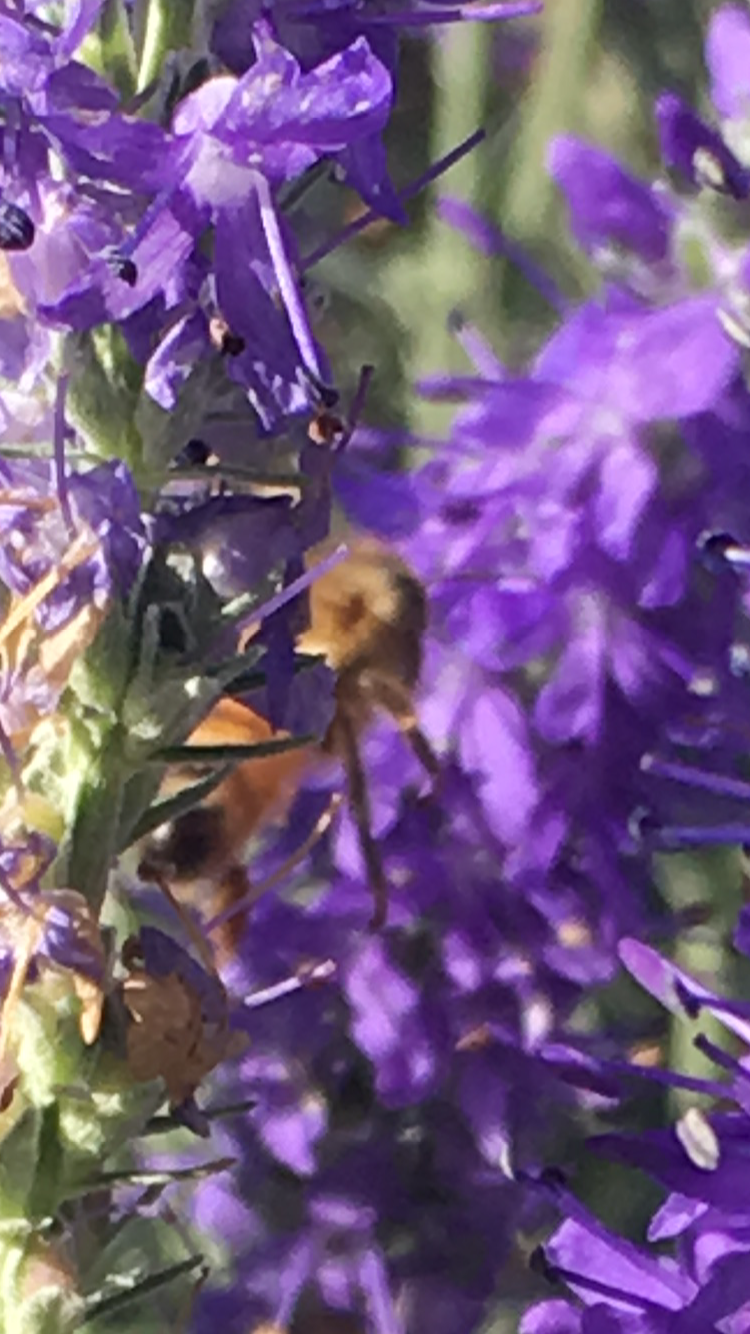

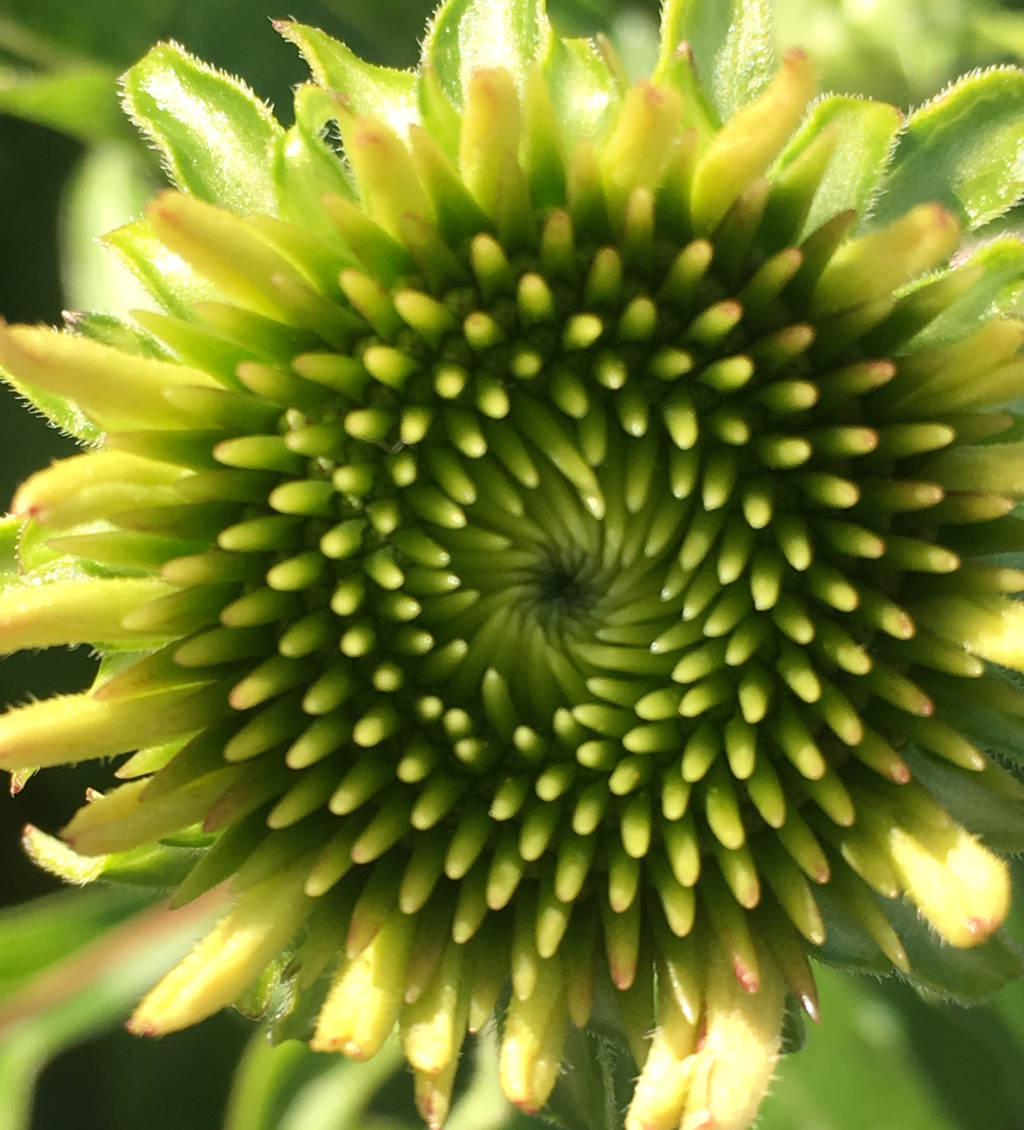
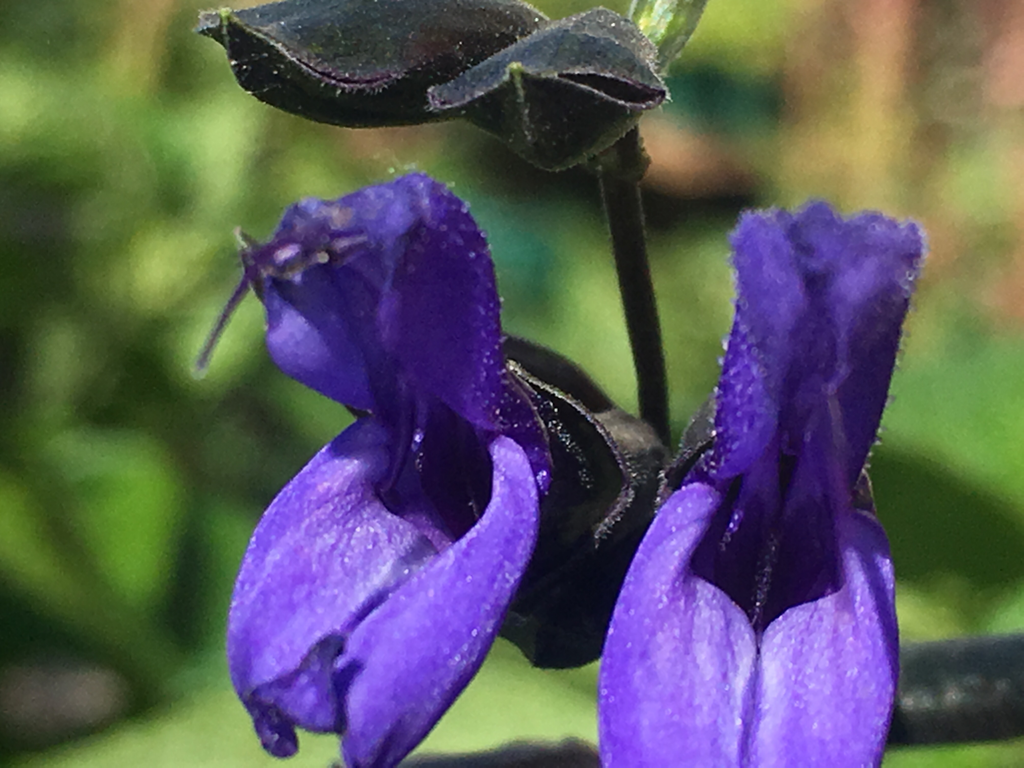
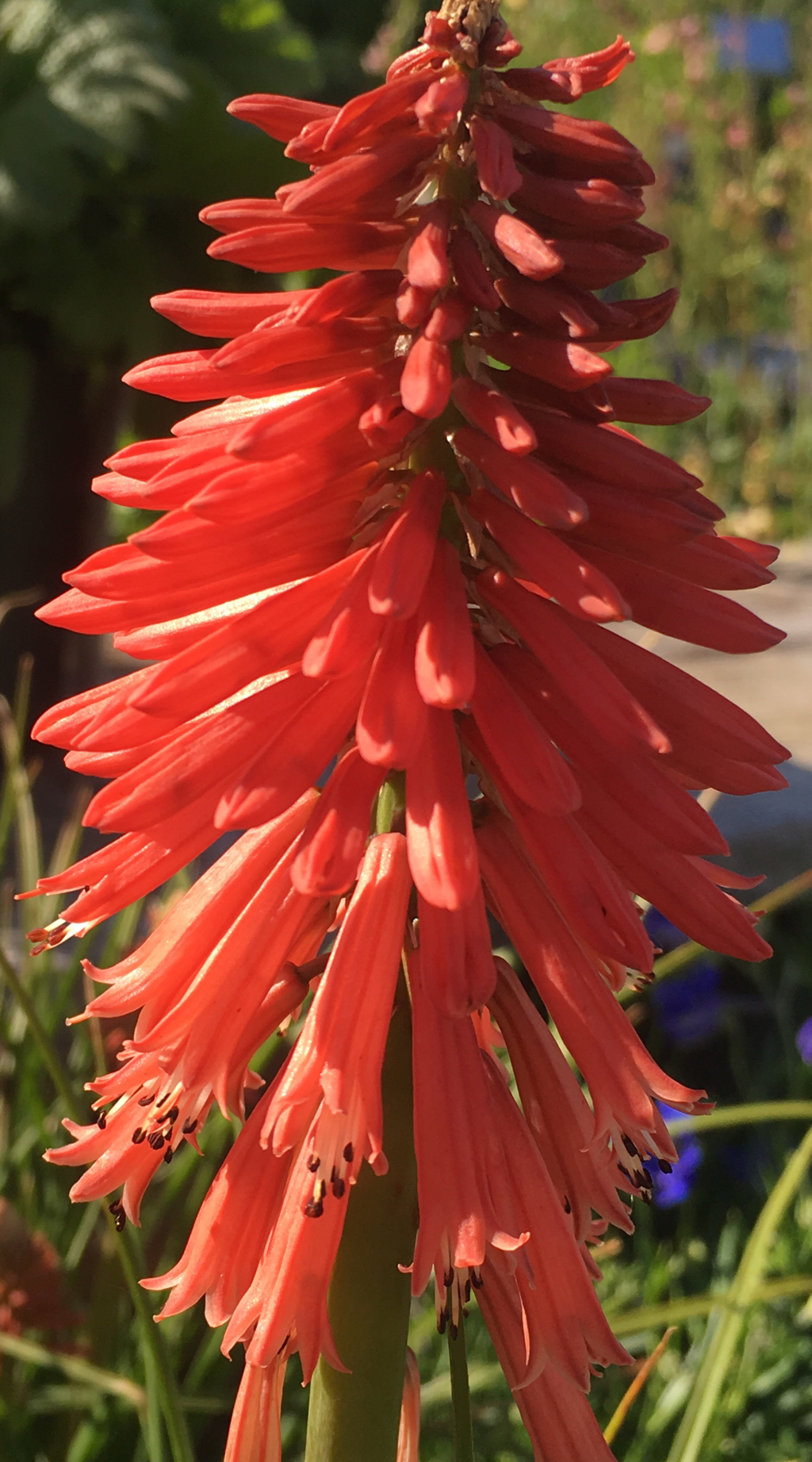
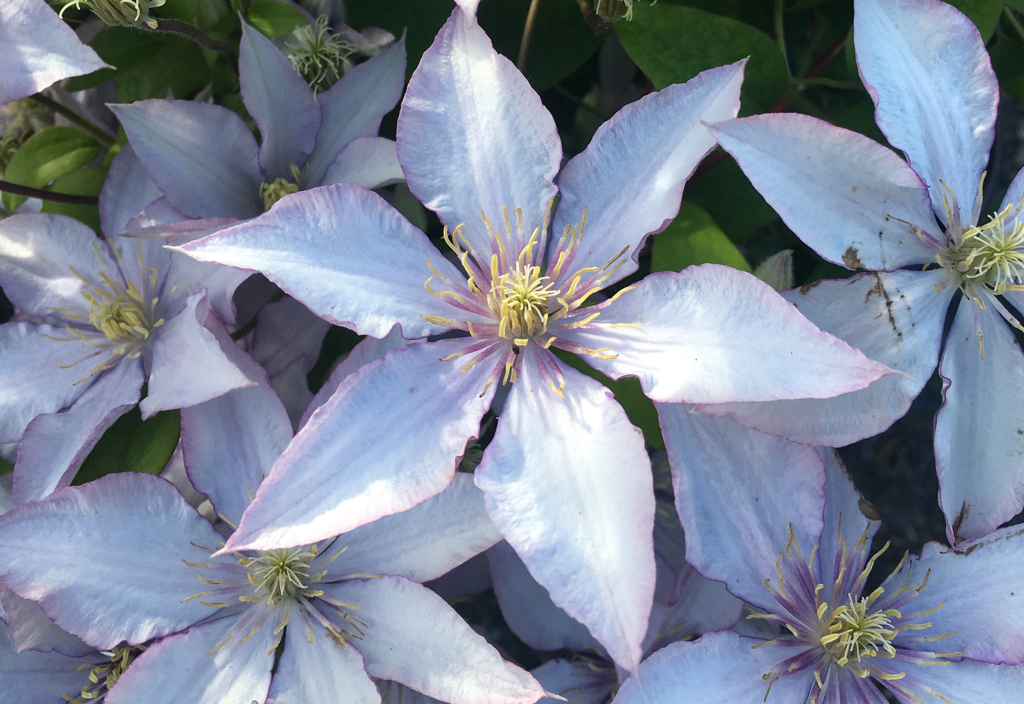
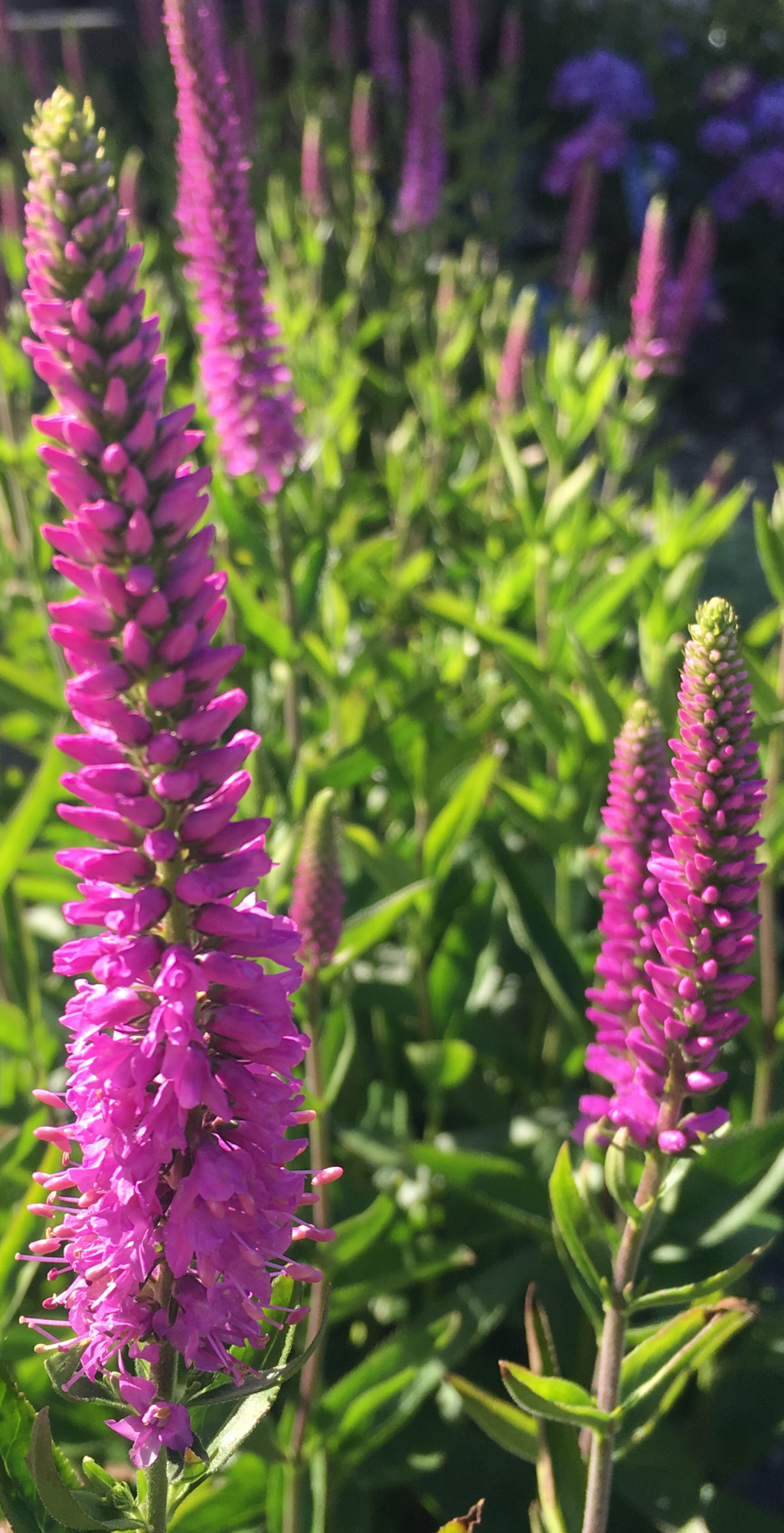
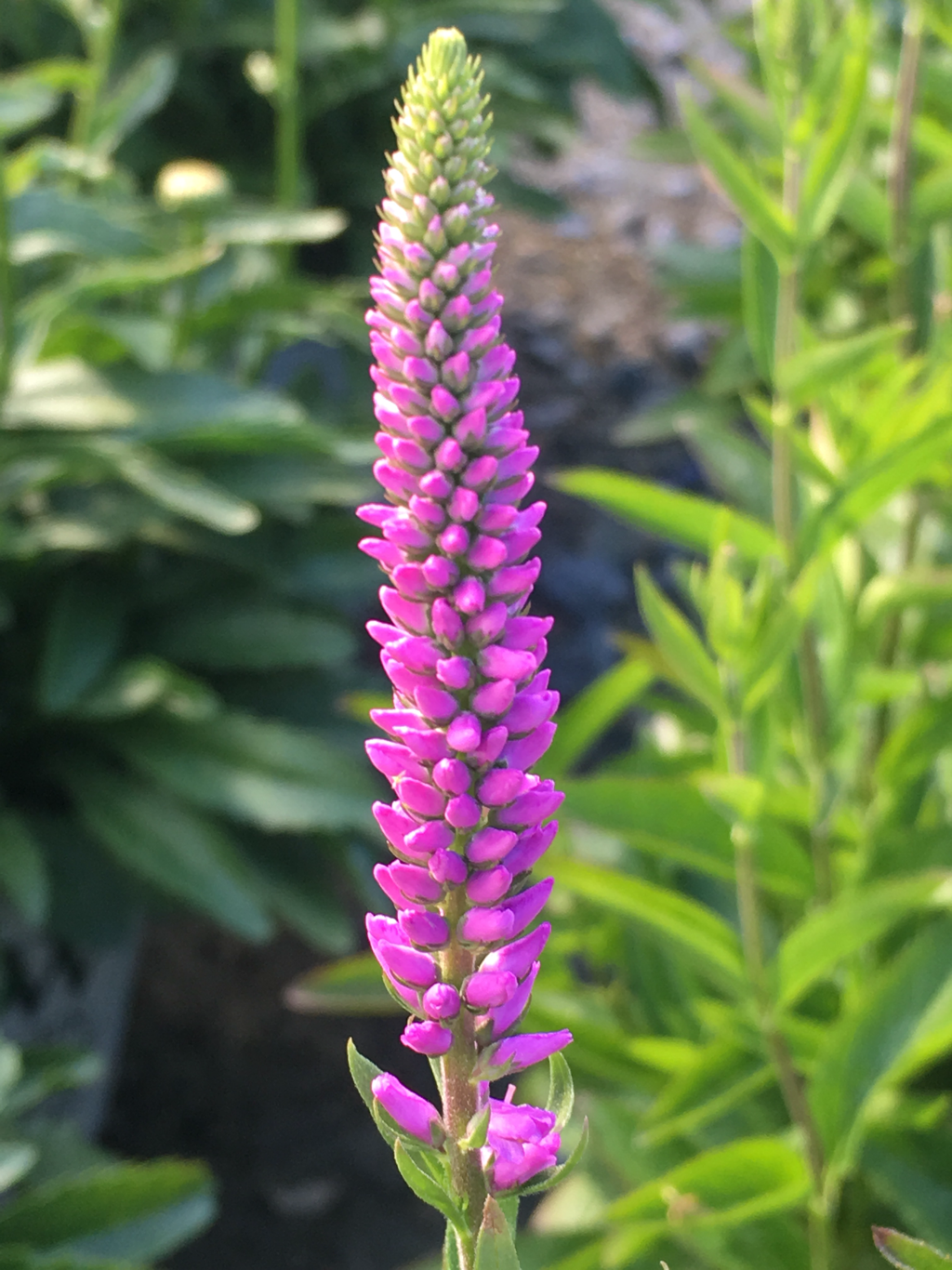
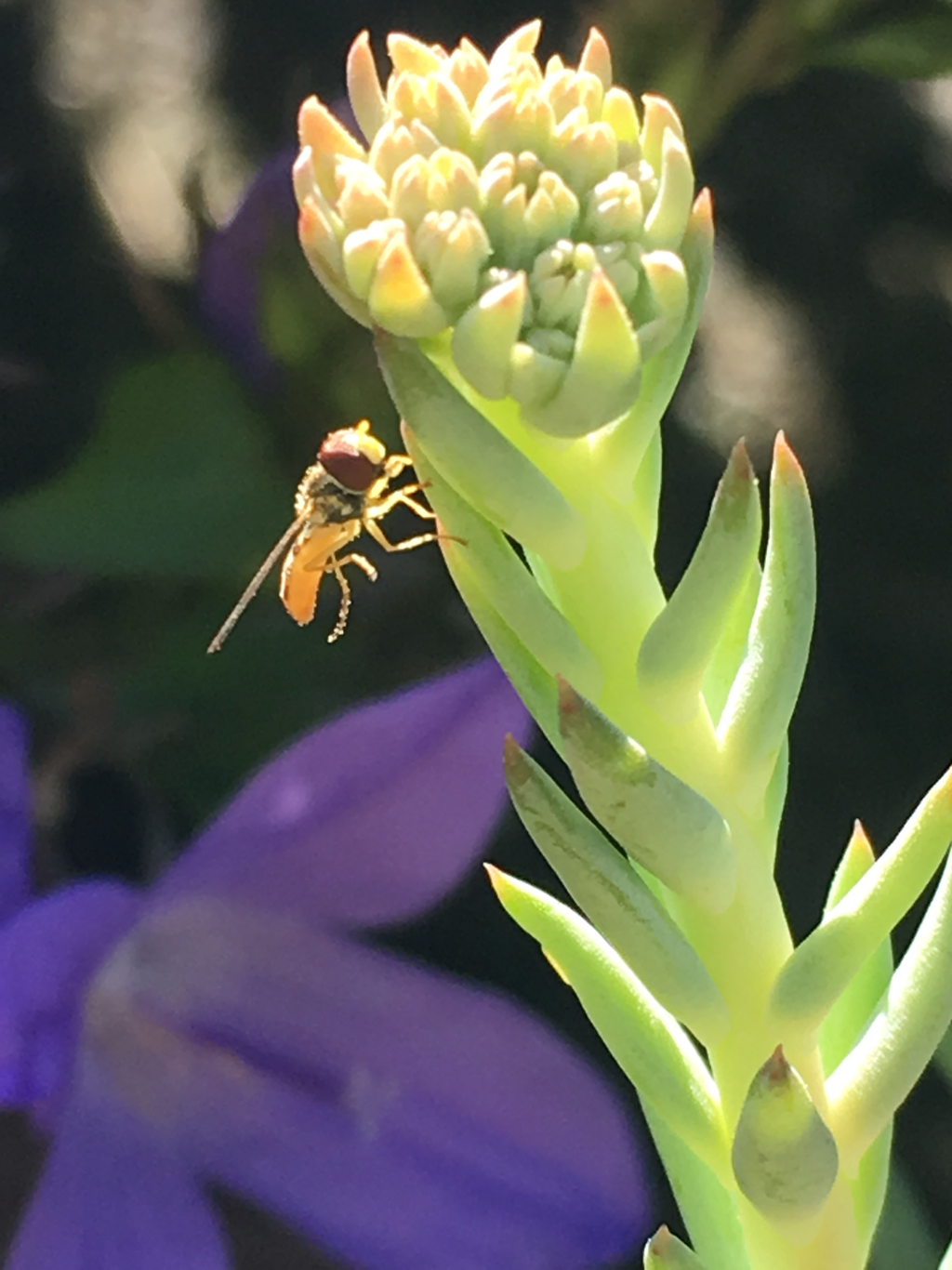

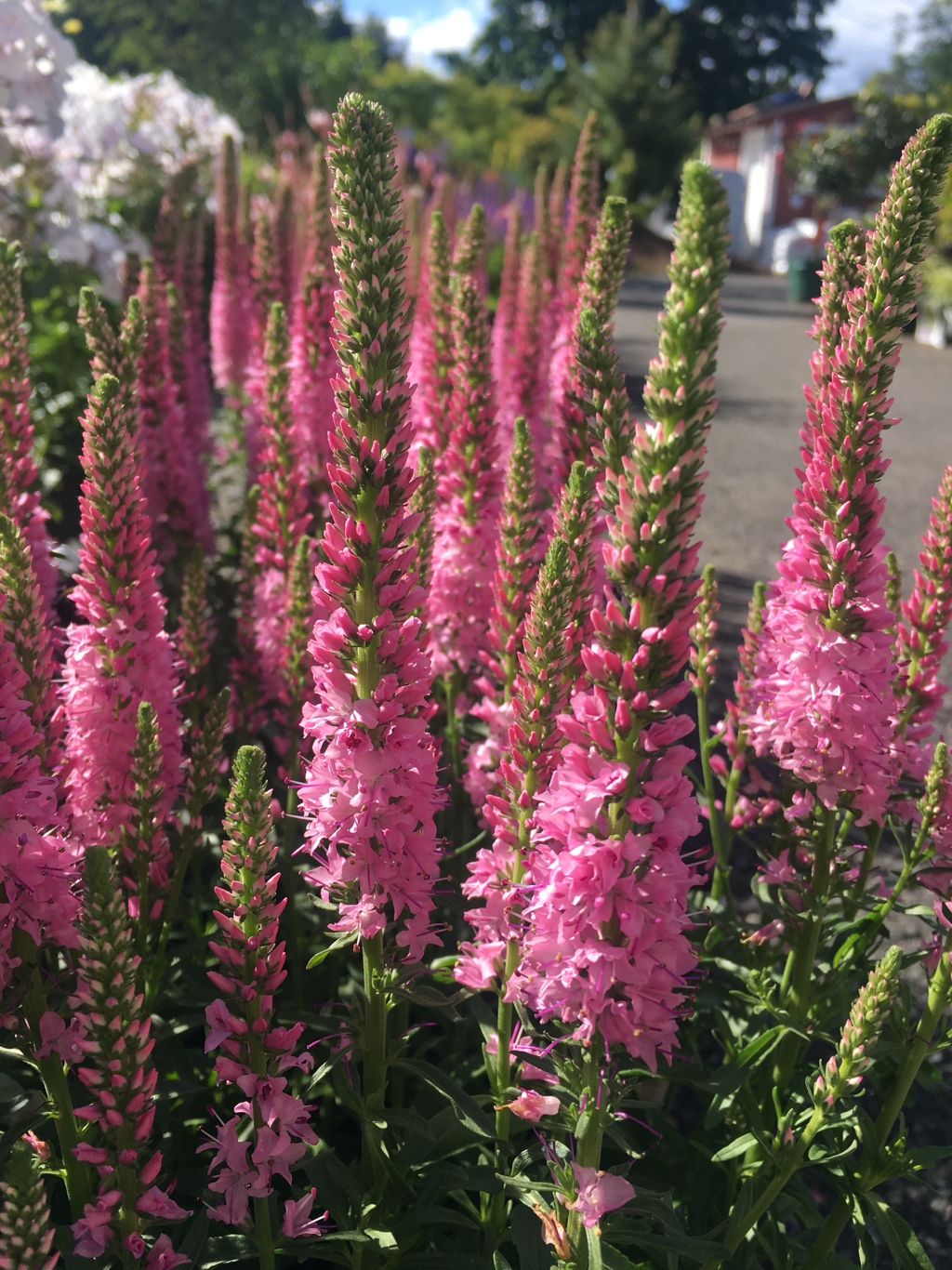
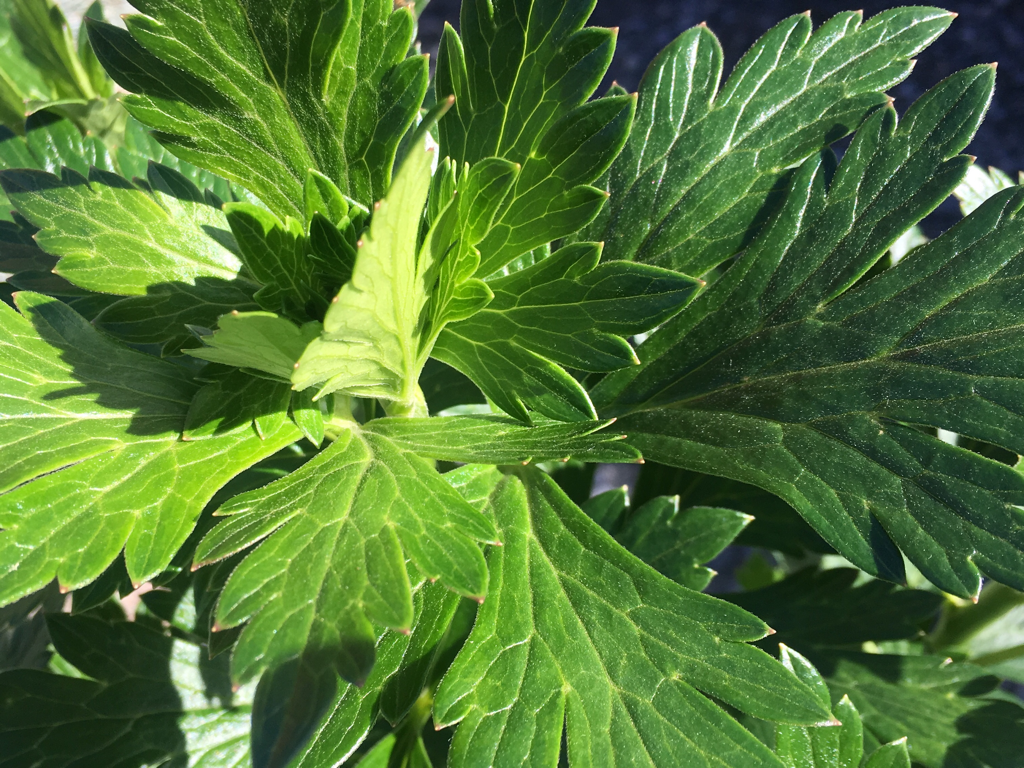
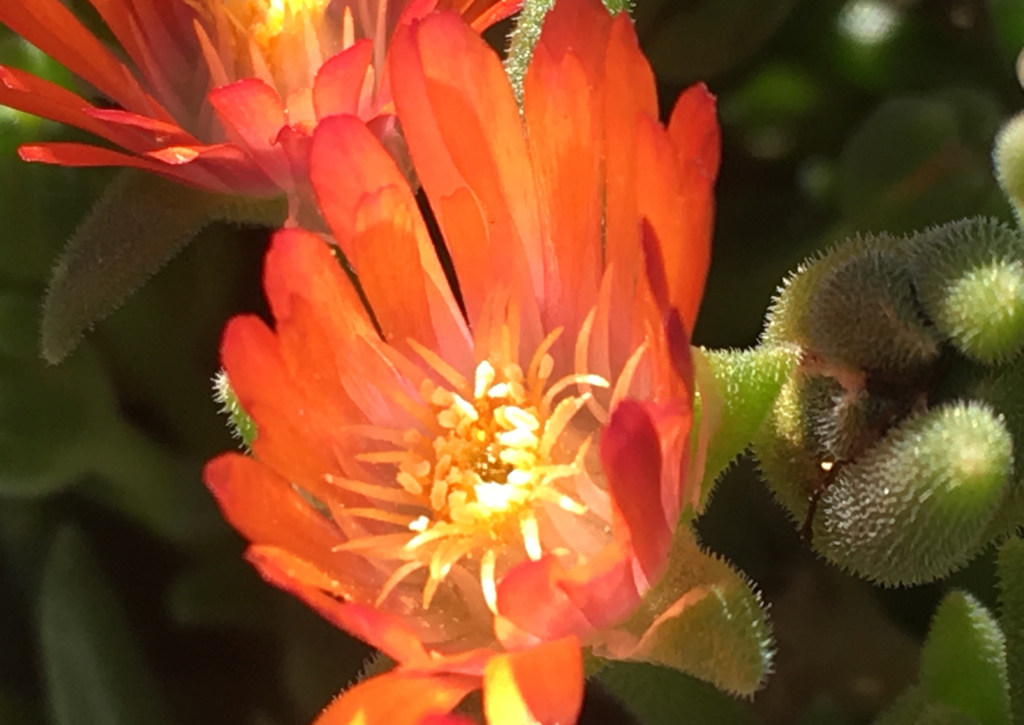
 RSS Feed
RSS Feed